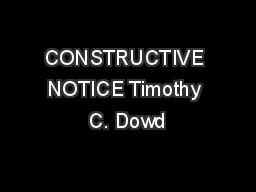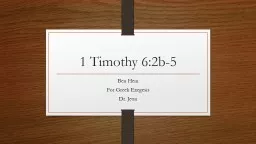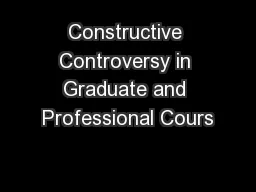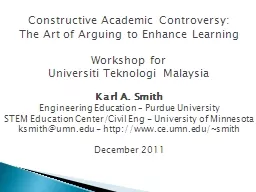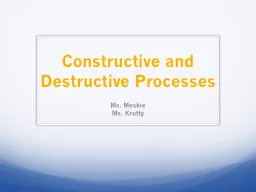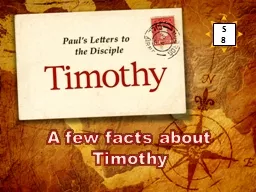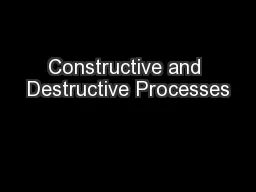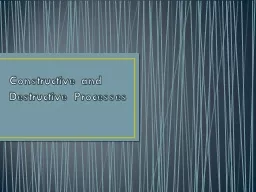PPT-CONSTRUCTIVE NOTICE Timothy C. Dowd
Author : stefany-barnette | Published Date : 2020-04-05
Elias Books Brown amp Nelson 211 N Robinson Ave Ste 1300 Oklahoma City OK tdowdeliasbookscom BONA FIDE PURCHASER FOR VALUE The essential elements of a bona fide
Presentation Embed Code
Download Presentation
Download Presentation The PPT/PDF document " CONSTRUCTIVE NOTICE Timothy C. Dowd" is the property of its rightful owner. Permission is granted to download and print the materials on this website for personal, non-commercial use only, and to display it on your personal computer provided you do not modify the materials and that you retain all copyright notices contained in the materials. By downloading content from our website, you accept the terms of this agreement.
CONSTRUCTIVE NOTICE Timothy C. Dowd: Transcript
Download Rules Of Document
" CONSTRUCTIVE NOTICE Timothy C. Dowd"The content belongs to its owner. You may download and print it for personal use, without modification, and keep all copyright notices. By downloading, you agree to these terms.
Related Documents

